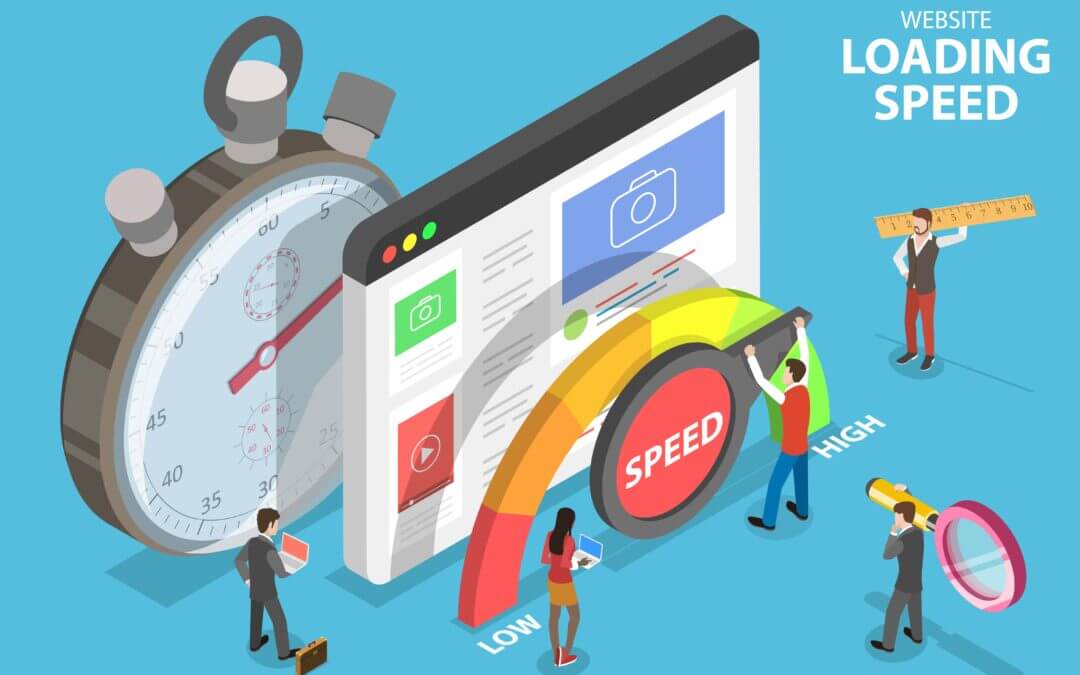Table of Contents
Introduction
In the digital realm, Google AdSense serves as a cornerstone for publishers striving to monetize their online content. Yet, amidst the quest for clicks and conversions, one often overlooked aspect is the loading speed of AdSense ads. In today’s lightning-fast digital landscape, where user experience reigns supreme, a slow-loading ad can undermine both revenue and user engagement. This article delves into the critical significance of Google AdSense loading speed and provides actionable insights to optimise it, ensuring a seamless user experience and maximising revenue potential.
Understanding the Significance of Loading Speed

In the competitive world of online advertising, every second matters. Research consistently reveals that users are intolerant of sluggish web pages, often abandoning them within moments. This impatience extends to advertisements, where even a slight delay in loading time can lead to a notable decrease in ad revenue and engagement.
Google AdSense loading speed directly influences user experience, bounce rates, and, ultimately, revenue generation. Sluggish ads not only frustrate visitors but also impair the overall performance of a website. In an era where algorithms prioritise user-centric metrics like page speed and dwell time, neglecting ad loading optimization can have profound repercussions.
Optimising Google AdSense Loading Speed

Thankfully, numerous strategies and best practices exist to enhance the loading speed of Google AdSense ads
Streamline Ad Placement: Thoughtfully consider the placement of AdSense units on your website. Avoid overcrowding pages with excessive ads, as this can prolong loading times and overwhelm visitors. Instead, prioritise strategic placement in prominent areas that enhance the user experience without compromising performance.
Embrace Asynchronous Loading: Adopt asynchronous ad loading to prevent ads from impeding the rendering of critical page content. By loading ads asynchronously, you can ensure that the remainder of your webpage loads smoothly, offering users a seamless browsing experience while ads load discreetly in the background.
Implement Lazy Loading: Employ lazy loading techniques to defer the loading of AdSense ads until they enter the user’s viewport. This approach prioritises the display of content immediately visible to the user, minimising initial page load times and enhancing perceived performance.
Choose Responsive Ad Units: Opt for responsive ad units that dynamically adjust their size and format based on the user’s device and screen resolution. Responsive ads not only enhance the user experience across diverse devices but also optimise loading speed by serving appropriately sized creatives.
Minimise Third-Party Scripts: Evaluate and minimise the number of third-party scripts and plugins running on your website, as these can significantly impact loading times. Conduct regular audits to identify and eliminate redundant or unnecessary scripts that may hinder AdSense performance.
Optimise Image Sizes and Formats: Compress and optimise images used alongside AdSense ads to reduce file sizes and enhance loading speed. Utilise modern image formats such as WebP where supported and employ caching techniques to expedite the delivery of static assets.
Leverage Content Delivery Networks (CDNs): Harness CDNs to distribute AdSense content across geographically dispersed servers, reducing latency and accelerating load times for users worldwide. CDNs cache static resources and deliver them from the nearest edge server, minimising data travel distances and optimising performance.
Monitor and Test Performance: Regularly assess the loading speed and performance of AdSense ads using tools like Google PageSpeed Insights and Chrome DevTools. Conduct A/B tests to evaluate the impact of optimization strategies and refine your approach based on empirical data to continually enhance loading times.
Conclusion
In the dynamic realm of online advertising, optimising Google AdSense loading speed is essential for publishers aiming to maximise revenue and elevate user experience. By prioritising performance, embracing best practices, and leveraging innovative techniques, publishers can mitigate the negative effects of slow-loading ads and unlock the full potential of their monetization efforts. As the digital landscape evolves, proactive optimization will remain imperative in sustaining competitiveness and driving sustainable growth in ad revenue.
For More Information Please Visit These Websites Viprow And Vecteezy


No Comments
Keep up the fantastic work, I read few posts on this web site and I conceive that your website is real interesting and contains circles of wonderful information.